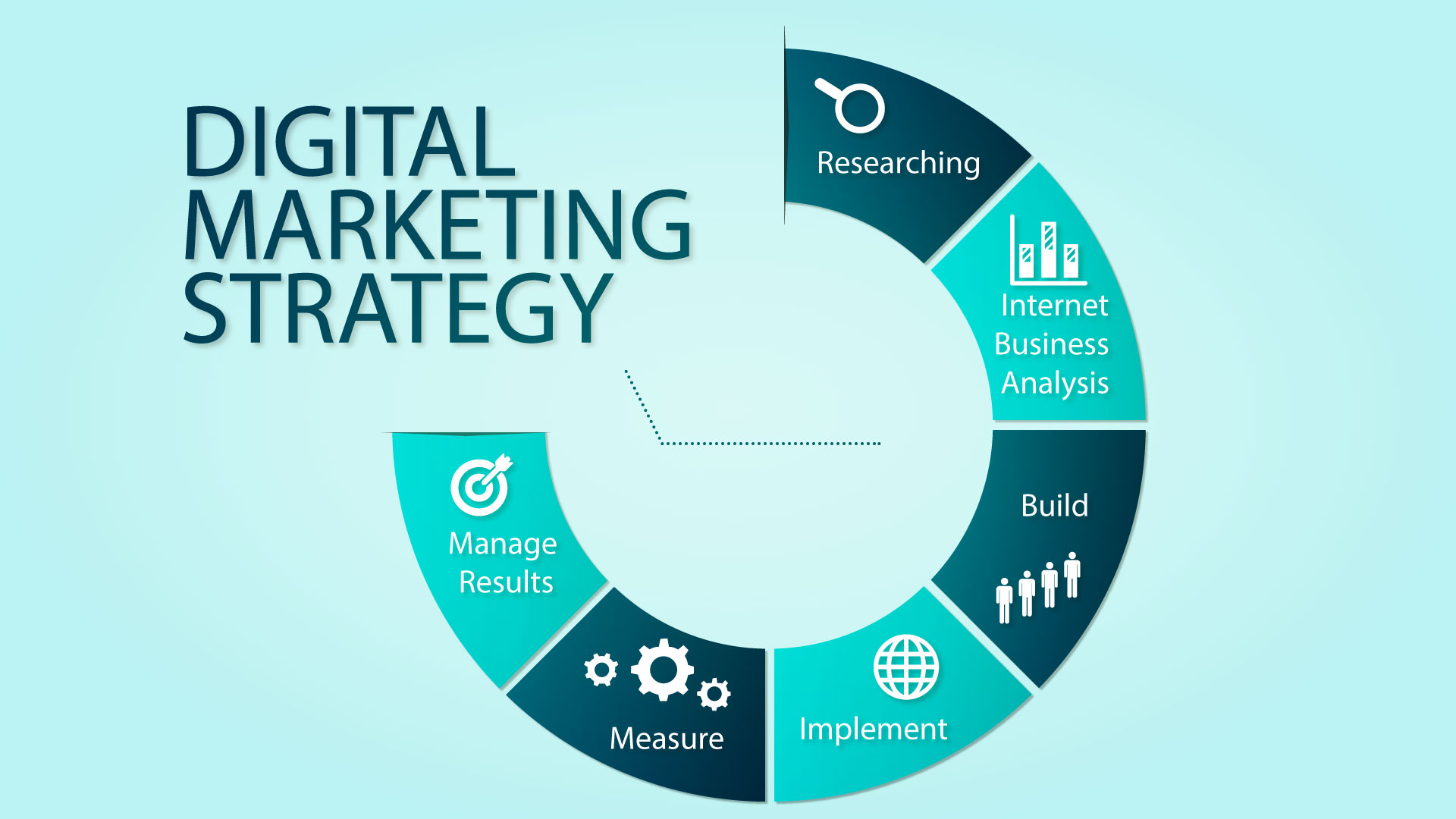What is ACH Payment Processing?
An ACH payment Processing is a sort of payment handling software that organizations have to make use of if they wish to send and receive payments on the ACH payment network. ACH payment Processings act as digital terminals that services can utilize to approve payments via their computer system, tablet, or smart device for an anytime, anywhere payment gateway.
Companies that use an ACH payment Processing are given access to intuitive settlement platforms that make handling settlements much easier. Funds for an ACH payment transfer can be obtained from a checking or savings account, and you just call for a customer’s checking account number and routing number to make straight deposits or establish automated expense settlements.
For businesses with regular repeating bills, having an ACH payment Processing can save them money and time better invested elsewhere growing their company.
What Is The ACH Payment Network?
The ACH payment Network is the electronic payment system that directly transfers funds between two financial institutions or various other financial institutions. ACH payment, or Automated Clearing House, comes from the function of conventional clearing homes that were produced to “clear” paper checks. The ACH payment Network was produced to alleviate the quantity of paper checks getting rid of homes needed to refine with an affordable and efficient electronic payment option.
The ACH payment Network has actually come a long way because its inception in the 1980s, with more than 100 billion payments being made on the network in 2019. You can find out more about the essentials of ACH payment in Envestnet|Yodlee’s blog, What Does ACH Payment Mean?
How Do ACH Payment Transfers Work?
ACH payment transfers utilize a batch processing system that postpones the time for ACH payment deposits or straight payments to fully work out.
In every ACH payment transfer, there is a sender of settlement, or the Originating Depository Financial Institution (ODFI), that sends ACH payment credit rating or ACH payment debit settlements over the network. The bank account obtaining payment is referred to as the “receiving depository financial institution” (RDFI). Before funds are transferred between banks, a clearinghouse, typically the Federal Reserve or other approved clearinghouses, serves as an intermediary and oversees the processing of payments.
When an ACH payment transfer is launched by an ODFI, funds are saved to be processed at regularly arranged times a day in regulated data layouts that include the transfer amount, an RDFI’s savings account number, and a transmitting number. A clearing up residence makes sure the precise and proper circulation of funds to getting accounts. As soon as the ACH payment is supplied to the RDFI, they either debit or credit the account in the transfer, as well as successfully clear up the purchase.
How Much Time Does an ACH Payment Transfer take?
As a result of using the set handling system and also the managing role of getting rid of homes, ACH payment transfers can take 3-5 organization days to totally settle, yet are significantly advancing to same-day and also real-time payment settlement choices thanks to introducing modern technology in the FinTech ball.
While ACH payment transfers may take a couple of days to resolve, they commonly do so in the background, with funds offered in RDFI accounts the very same day of settlement for ACH payment credits, and up to 3 organization days for ACH payment debits. These timespan have actually been mandated as well as carried out by ACH payments (What is ACH payment), the not-profit company that functions as the governing body of the ACH payment Network.
Bank card handling and also wire transfers may be quicker than an ACH payment Processing since the transfer of funds takes place same-day, yet that timeliness includes a price. Depending on the financial institution, credit card processing as well as cable transfer costs can rapidly build up, especially if you’re making a regular quantity of payments. ACH payment Processings aren’t cost-free, yet making payments on the ACH payment Network generally is, and allows companies to save on payment processing expenses.
Are ACH Payment Processings Protected?
ACH payment Processings are additionally an extra secure choice because all they call for a customer to initiate settlement is their financial info. With a one-time arrangement, clients do not have to bother with placing information besides the quantity being transferred for every purchase. Charge cards are commonly the target of deceptive activity, so consumers may need to alter their card numbers more regularly than they would their bank account details.
A lot of settlements carried out by ACH payment Processings are safeguarded under federal legislation if there is a mistake with the payment system. You can easily track payments via an ACH payment Processing, and obtain updates on whether a sender’s account has insufficient funds, or if the account even exists at all.
The Difference In Between ACH payment as well as EFT
Automated Cleaning House (ACH payment) as well as Electronic Funds Transfer (EFT) are identified terms commonly used reciprocally. EFTs describe all electronic settlements in digital banking, while ACH payment settlements are a solitary sort of EFT.
Advantages of An ACH Payment Processing
Company to Company ACH payment makes deals much faster, simpler, and also extra secure settlement handling contrasted to various other kinds of both standard and also electronic types of payment.
Cost-Effectiveness
ACH payment Processings usually do not require charges like credit card processing, cable transfers, or paper checks, saving your company cash for eACH payment settlement you make.
Automation
ACH payment Processings can take advantage of system as well as artificial intelli innovations to set up automatic expense payments.
Quick Processing Time
ACH payment settlements are increasingly able to settle same-day transactions depending upon the moment of day and also day of the week you make payment using your ACH payment Processing.
User friendly Systems
Services don’t have to worry about operating a complex payment system – ACH payment Processings are created with the customer experience in mind, giving you all the payment processing you need in one place.
For more information you can contact us.



